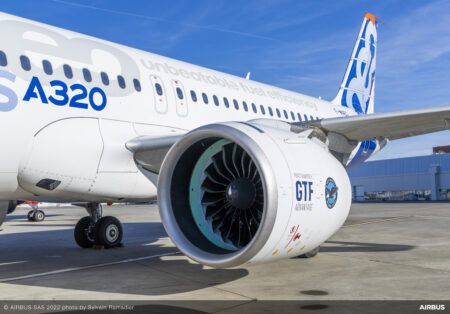As part of the Hypersonic Test and Evaluation Investment Program (HyTIP), a team of Arnold Engineering Development Complex (AEDC) engineers is heading up the Hypersonic Test Capability Improvement (HTCI) project which will totally transform the former J-5 Large Rocket Motor Test Facility at Arnold Air Force Base in Tennessee.
Nicknamed Project Phoenix, this effort is structured in three phases that will produce a large-scale clean air variable Mach test facility with a longer runtime than any facility of its kind. According to Jonathan Osborne, HTCI project manager and technical lead, the creation of this facility will support future hypersonic system weapon acquisition, and research and development programs, for generations to come.
“The HTCI project will progress the state-of-the-art in hypersonic ground test and evaluation for both air breathing propulsion and boost glide systems,” Osborne said. “The fundamental approach to the development of the HTCI facility is to deliver a complete, operational test capability for hypersonic ground test and evaluation over the course of three blocks.”
Osborne explained that each block, or phase, will provide a unique test capability that is “not found anywhere else in the world”.
“Block 1 will utilize regenerative storage heaters with alumina refractory to achieve true temperature clean air test conditions,” Osborne said. “At the conclusion of Block 1, a fully operational test facility capable of Mach 6 clean air test simulations will be available for hypersonic weapon system development. Block 1 will also incorporate the capability to attain mission duration runtime to appropriately test weapons systems to their full design potential on the ground prior to flight.”
The inclusion of a model injection system with variable angle of attack and angle of sideslip is another aspect of Block 1, enabling the ability to simulate mission representative vehicle attitudes for accurate performance and operability characterization.
Block 2 will then enhance the hypersonic test capability produced by Block 1 with the incorporation of a variable Mach number nozzle to achieve accurate flight trajectory simulations on the ground.
“With the incorporation of a variable Mach number nozzle, testers will be able to simulate flight representative test article trajectories on the ground leading to reduced risk for the subsequent flight test program,” Osborne said.
Block 3 will complete the final operational capability by incorporating a yttria-stabilized zirconia regenerative storage heater system, which will boost the true temperature Mach number capability from Mach 6 to Mach 7.5.
“Upon its completion, the HTCI facility will be the most capable facility for hypersonic weapon system development in the world,” Osborne said.
September 27, 2017




